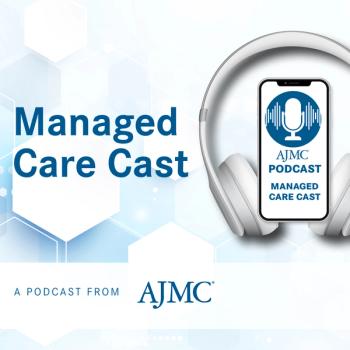
Younger, Minority Women With Metastatic Breast Cancer Using More EOL Care
Patients younger than 65 years represent close to 40% of deaths from metastatic breast cancer, yet their use of end-of-life (EOL) care has not been thoroughly investigated until now.
Women with metastatic
This EOL care comprises more than 1 hospital admission, 2 or more emergency department (ED) visits, or intensive care unit (ICU) admission and/or antineoplastic therapy in the last 2 weeks of life. The authors investigated whether demographic, socioeconomic, and regional factors influence these outcomes, because they have been investigated less thoroughly in younger patients with mBC vs patients at least 65 years old with Medicare coverage.
“Differences in insurance coverage, life expectancy, life circumstances, and overall health could lead to different intensity of treatment at the EOL for younger compared with older patients,” the authors noted.
Using overall commercial claims data for women younger than 65 years who died between May 1, 2000, and December 31, 2014, the authors looked at 4 periods: 2000 to 2003, 2004 to 2006, 2007 to 2009, and 2010 to 2014. With the index date being that for the first observed diagnosis of secondary metastatic cancer, the 2007-2009 period had the highest number of deaths (n = 637), followed by 2010-2014 (n = 617), 2004-2006 (n = 482), and 2000-2003 (n = 390).
For the ICU admission and ED visit measures, there were increases from 14% (95% CI, 10%-17%) to 23% (95% CI, 20%-26%) and 10% (95% CI, 7%-13%) to 12% (95% CI, 9%-15%), respectively, in the patients’ final month of life when comparing the 2000-2003 and 2010-2014 periods. These were both deemed statistically significant.
However, the final results for EOL hospital admission rate and antineoplastic treatment were not deemed significant for the 2010-2014 period, at 14% (95% CI, 11%-17%) and 24% (95% CI, 21%-27%), respectively.
Most of the women studied lived in the South (47%) or Midwest (30%), as well as non-Hispanic White neighborhoods (64%).
There also were overall 1.39 times greater odds (P = .01) of receiving ICU care and 1.38 times higher chances (P = .03) of hospitalization if a woman lived in a neighborhood with a predominantly mixed racial population or where a majority of citizens were Hispanic, Black, or Asian American.
Analyses also found that living in a more deprived neighborhood had a negative correlation with receiving EOL antineoplastic treatment (odds ratio [OR], 0.71; P < .01) and that living in the South vs the Midwest was associated with a lesser likelihood of having EOL ED visits (OR, 0.70; P = .04).
“In this study, we find that, despite broadening consensus on less intense EOL care for patients with cancer, frequency of ICU admissions and, to a smaller extent, EOL ED visits in a cohort of commercially insured women who died with metastatic breast cancer has increased over time,” the authors concluded. “These findings provide new evidence on EOL care in an understudied group, <65-year-old commercially insured patients, and longitudinal data on the intensity of EOL care over time.”
They did, however, cite limitations on their results’ generalizability, which included having just the month of death and not the day and possible underreporting of deaths.
Reference
Ferrario A, Fang Z, Ross-Degnan D, Wharam JF, Wagner AK. Intensity of end-of-life care in a cohort of commercially insured women with metastatic breast cancer in the United States. JCO Oncol Pract. Published online November 10, 2020. doi:10.1200/OP.20.00089
Newsletter
Stay ahead of policy, cost, and value—subscribe to AJMC for expert insights at the intersection of clinical care and health economics.















































